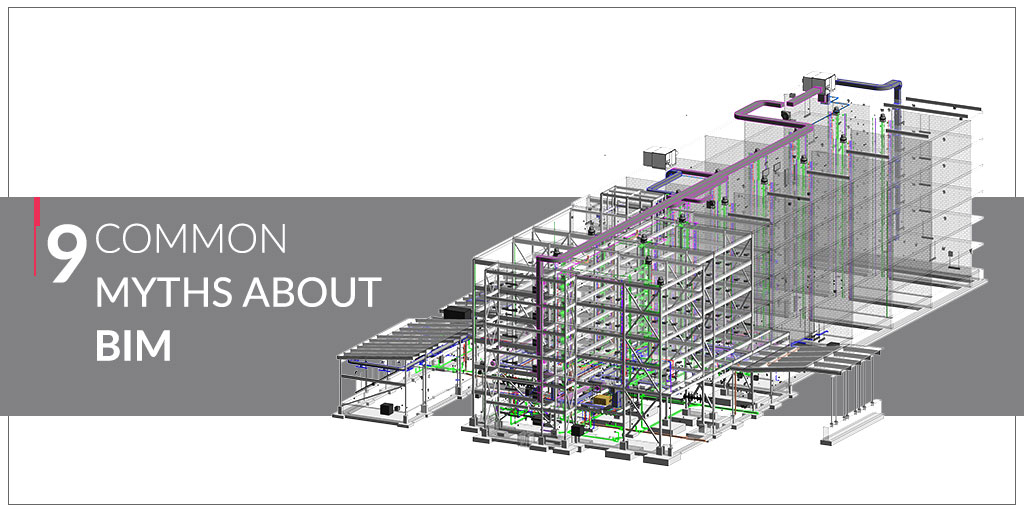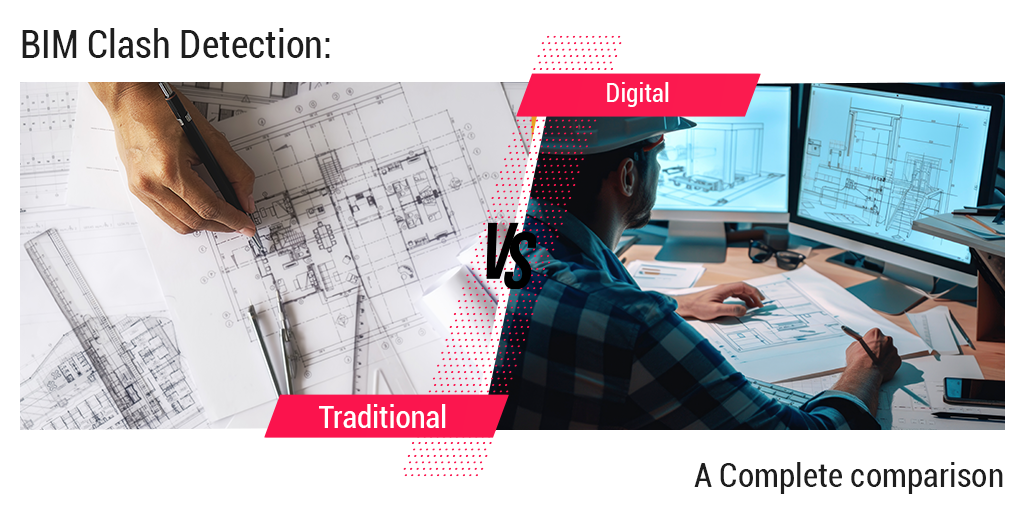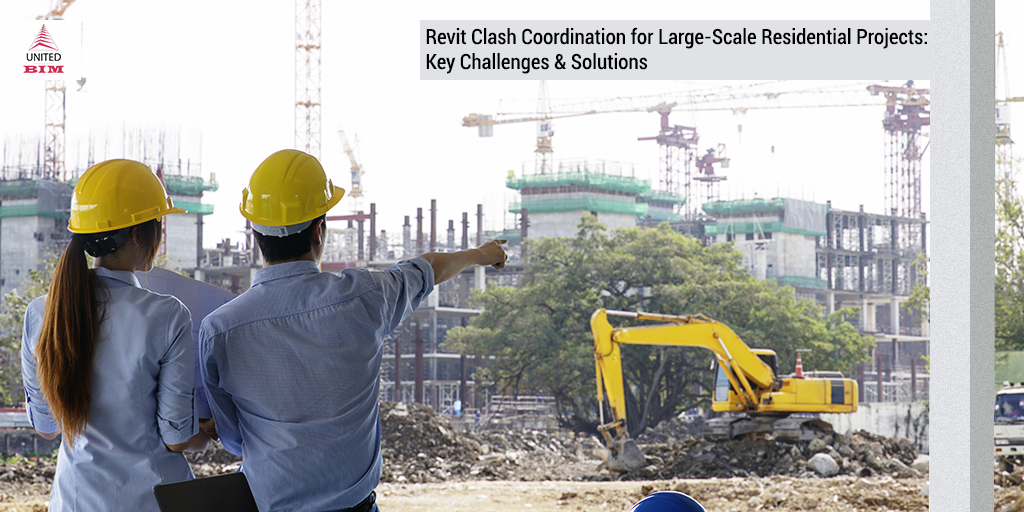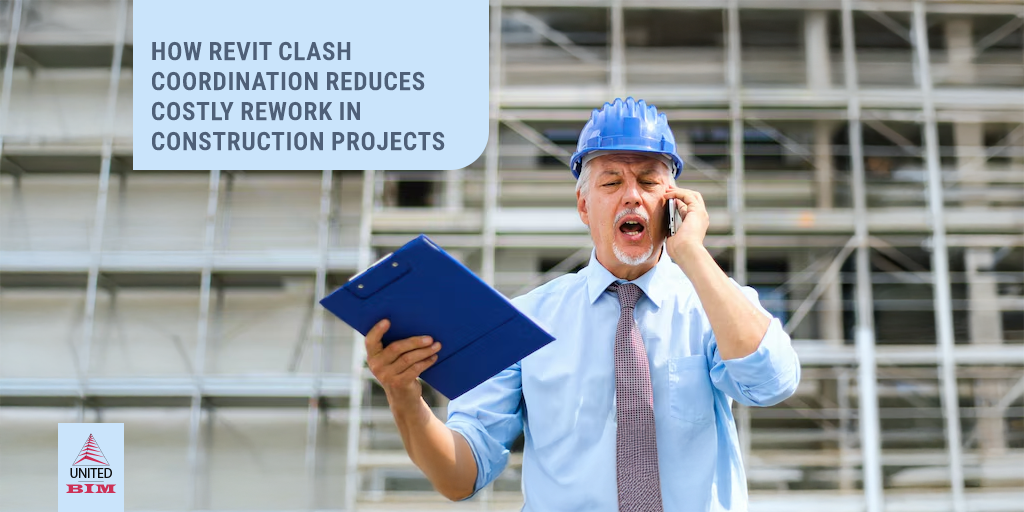Last updated on: January 2, 2025
Table of Contents
BIM has been seen as a key for AEC professionals as it has digitally transformed some of the most crucial challenges of the construction industry such as project estimation, quality control issues, scheduling, etc. Leading countries across the world are adopting BIM and the government is mandating the use of BIM in projects as it is successful in streamlining the various processes of construction and has increased productivity as the result. Despite the benefits, a few common BIM myths have been keeping people hesitant in implementing BIM in their projects. Here are some common BIM myths.
1. BIM is only a newer way of 3D model
BIM isn’t just about making a visual representation of physical and functional characteristics of a building. It is one of the most visible, visual appearances of the design of the building but it is one of many functions BIM offers. Many people think BIM just builds design in three dimensions, while it produces design where all the AEC professionals involved in the construction can work collaboratively. BIM helps to produce digital datasets with graphical and non-graphical information.
2. BIM is expensive
Most of the people resist implementing BIM because they feel it is a costly affair. There are undoubtedly be the upfront cost when we adapt any kind of changes in working processes but these are countered by long-term efficiency and reaping benefits. The efficiency of BIM relies on the representation of accurate data and able to make data-driven decisions. It is crucial to realize that efficiency in processes also reduces overall risk and results in saving a lot of money.

Don’t have the time to read the whole blog, no worries you can download it and read it at your convenient time.
3. BIM affects productivity
It is one of the big misconceptions that BIM takes time to bring efficiency. It is a big misconception that BIM negatively affects the productivity of the construction process. We must not expect any radical change in the process to reap results instantly. But when given an appropriate amount of time, planning, investment resources, BIM pays off in the long term. It not only pays off the investment but streamlines a lot of processes resulting in greater efficiency.
4. BIM is for ‘big’ projects
One of another misconception is that BIM is for big and complex projects only. But it is not correct. Big projects are indeed more complex and time-intensive. However, the problem in every project tends to remain the same. BIM increases efficiency in calculating design cost, and in saving time on estimating and evaluating the project cost. Regardless of the size of the project, company or either it is public or private projects, no matter what the size is, BIM offers value to all.
5.BIM is a software
Another reason why people hesitate is that they think BIM is just a software that needs to be installed. It is essentially a change that is brought in operations throughout the company. Implementation of BIM brings changes in people, processes, and technology. With the help of this knowledge-based system, it helps in collaboration between all the stakeholders involved in construction. BIM is not a software but a revolution that changes the traditional ways of doing business. There are many different types of software and tools available but BIM is rather a collaborative process of communication, analyzing and optimizing the designing and construction process.
6. BIM is way too complex
One of the most common myths about BIM is “BIM is way too complex”. This is incorrect. BIM is not at all complicated, it needs proper training and education though. There are many online courses, tutorial videos and free resources available. BIM providing companies also provide short and extensive training with monthly updates to break down the complexities as simple as possible. These courses and training are fully aligned with the government and industry regulations as well as BIM standards. To bring any kind of change in the organization, we do proper research and planning before implementing it. This is what is required for implementing BIM. It is not at all complex to learn.
7. BIM is just a fad
BIM is surging importance in the construction industry. Many of the leading countries have adapted BIM and mandated for all public projects. The global construction industry has realized the importance of BIM and how it has been useful in coordinating design, eliminate waste, save cost, work collaboratively. The idea that BIM is just a flash-in-the-pan is not true. The influence of this digital technology in the construction industry is increasing. Those who are adopting BIM are gaining a competitive edge and work more efficiently. BIM is not a fad but it is instead a natural evolution of the AEC industry. BIM is not just a trend; it is an evolution and is here to stay.
8. BIM is only for designing and construction
Many believe that BIM is only useful in designing and construction process, but isn’t true. All the stakeholders participating during the lifecycle benefit from it. BIM takes care and proves to be useful at all the stages of the building process (Designing, Construction and Facility Management). The scope doesn’t end here, it also proves useful in retrofits, renovation, refurbishing, and demolition.
9. BIM implementation will require a new team
Many feel that BIM implementation can only take place with a new set of skillset/team. Which is simply not true. The existing team can be trained to implement BIM. People hesitate because they feel BIM has many positive results but implementation is difficult which is not true. Successful companies have implemented BIM by training their existing project managers, engineers, and team members to integrate BIM into their existing way of working. BIM, in fact, helps by streamlining the workflow of the project. It is a tendency of hesitating to any change in the work environment. BIM is easy to be implemented as it has resulted in greater efficiency of the project.
Busting the myths
For any firm, it is very important to realize these misconceptions about implementing BIM. With any kind of change in the work environment, it is natural to have few hesitations. But BIM has numerous advantages that successfully outweigh its disadvantages. BIM is proving to be a very useful process that benefits all the stakeholders involved in the project. It allows all the professionals to collaboratively work by giving a holistic view of the entire project.
About the Author

Nirav Shah is a seasoned marketing leader with over 20 years of global B2B experience across the high-tech, IT, and AEC industries. He specializes in project management, digital marketing, brand positioning, and sales enablement. Until March 2024, Nirav led marketing initiatives aimed at delivering client-centric solutions while driving operational excellence. Known for his disciplined execution and ability to build and motivate high-performing teams, Nirav is a lifelong learner, dedicated to continuous improvement.








